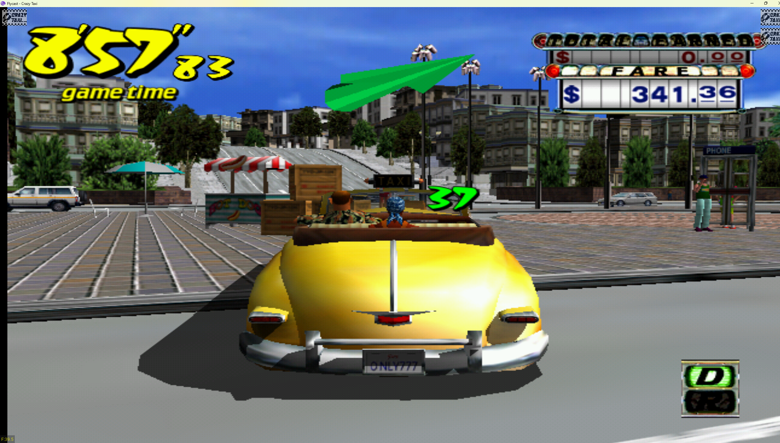Most of us can probably recall humorous depictions of artificial intelligence from movies and science fiction novels. However, robots and artificial intelligence have progressed by leaps and bounds and their presence could become much more than imaginative stories. In just the past decade, robotics has made waves in a wider spectrum of industries and applications than ever imagined and its development continues to accelerate.
Have you ever seen a robot walk down the street? Are you sure? That notion may be becoming more realistic every day.
When Robots Were First Conceived
WIRED magazine marks the first appearance of the word “robot” in a 1921 play written by Karel Capek entitled R.U.R., or “Rossum’s Universal Robots”. The word was derived from a Czech term for “‘forced labor.’” Though an official definition for “robot” is difficult to pin down, a few characteristics help tighten the concept. To be a robot, something must have a physical presence, be able to perceive as well as traverse or manipulate its environment, and make decisions autonomously. Since their inception, robots have taken countless forms in the imaginations of authors, screenplay writers, storytellers, and their audiences. And today’s actual prototypes take even more forms.
How Robots Are Helping Right Now
Though robotics may still be considered science fiction by most people you’d talk to on the street, robots have already made their mark in industries such as manufacturing (think robotic arms on assembly lines or in labs), as well as initial forays into applications such as delivery, self-driven vehicles, and even agriculture.
The robots we might read about in the news today are often prototypical; clunky, first-draft machines that function more as novelties than tools capable of valuable, efficient performance. However, some robotics applications are highly developed and implemented, humming along in factories, research facilities, fulfillment centers, and more.
Disaster relief is another area where robotics is having a major impact. Unmanned aircraft systems (UAS), drones and similar robotics commonly used in rescue efforts following natural disasters. The robotic technology has become so advanced that a UAS can perform 8 rescue missions within 45 minutes.
The United States government and other official disaster response agencies have overseen an increasing number of robotic and artificial intelligence (AI) applications during natural disasters and other similar scenes. Rescue responses to the September 11th terrorist attacks in 2001 mark the first documented application of robotics in search and rescue efforts. Myriad research and development firms, agencies, technology creators, and funding pools are spending concerted effort and resources to develop robotic and AI applications for disaster relief and search-and-rescue operations.
Leaders in Robotics
Many companies are working to advance the field of robotics to new heights. Some you have doubtless heard of, like Google, Toyota, and Epson. However, other entities that are making momentous strides in the robotics field include companies like iRobot, creator of household chore robots including the Roomba Vacuuming Robot and contributor to military defense AI applications since 1990. Rethink Robotics, another perennial on lists of most influential robotics companies, created a humanoid robot called Baxter in 2012 that received lots of favorable attention. The company has delivered continued offerings since Baxter’s initial release and has greatly contributed to the advance the field of robotics.
The Future of Robotics
In its 2016 article entitled The Future of Robotics, ZDNet predicts advances in the field of robotics that include greater applications of collaborative robots (or robots that work in proximity to and alongside humans), and larger numbers of robots appearing in fields beyond manufacturing that include ecommerce and healthcare. Transportation industries could also receive a significant facelift due to the increased implementation of robotics. In fact, municipalities around the world are already working to implement forms of AI in their public transportation offerings. One of the leading forms of future transportation includes the hyperloop. Hyperloops are expected to be in operation by 2020 when passenger-carry pods will travel at speeds up to 750 mph.
Similarly, driverless cars have spent their fair share of time in the headlines in recent months, and though some negative press has tainted the public’s view of these applications, robotic and AI-propelled transportation are ever improving and will remain an inevitable part of the future landscape.
Due to the immense advantages that robots and artificially intelligent beings pose in a wide variety of applications and settings, development in the field of robotics shows no signs of slowing. Robots may be walking past us on the street, making our meals at restaurants, or working alongside us much sooner than we may ever have imagined.


















